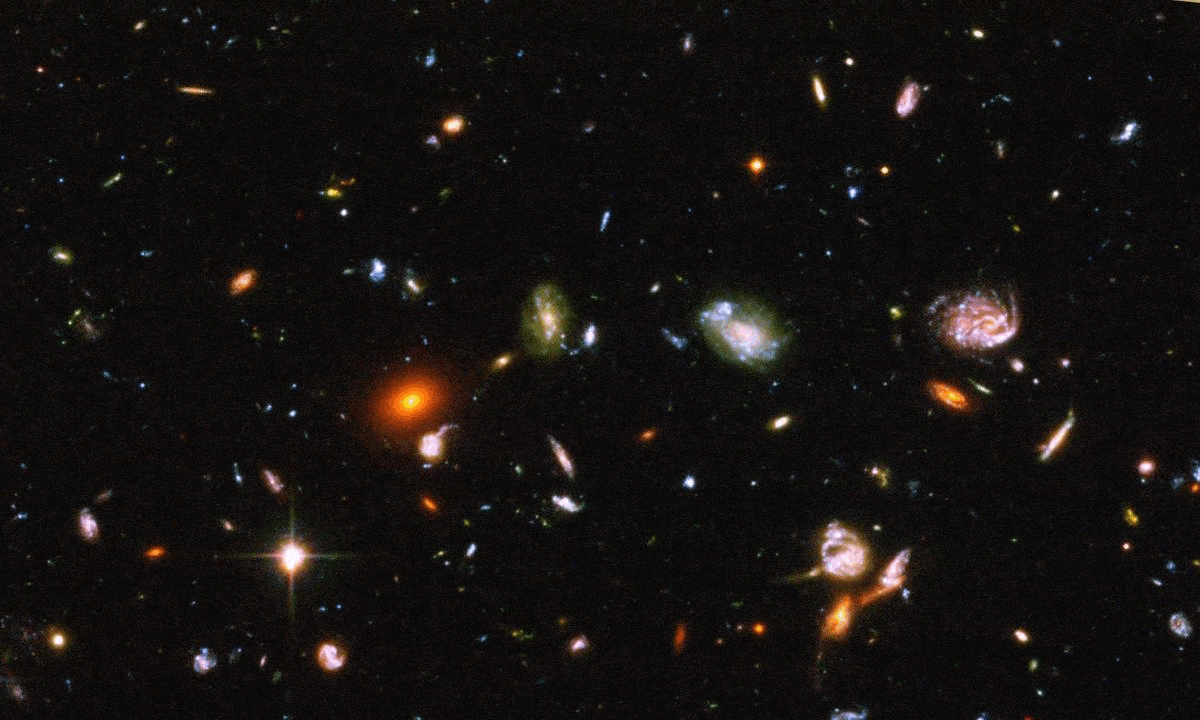
Four years ago, astronomers had a spectacular realization for a new type of science they could perform: they could, at long last, search for the presence (or absence) of a cosmic optical background. We have a theory about where light comes from in the Universe:
In theory, the only “cosmic optical background” that ought to be there is the light generated from stars, which should be confined to within galaxies and larger bound collections of matter, plus a little bit of additional reflected light from within those same structures. But from Earth and even from the space within our Solar System, we cannot conduct these measurements; there’s too much “stray light” from sunlight reflecting off of tiny particles in interplanetary space to find true darkness.
But there are five spacecraft that have traveled far enough away from Earth — Voyager 1 and 2, Pioneer 10 and 11, and New Horizons — that all of that stray light, known as zodiacal light, is finally faint enough that they can answer questions about the darkness of deep space. Although the first four don’t have the right tools to make those critical measurements, New Horizons does, and is still fully operational to boot. After a careful analysis by the New Horizons team, here’s what we’ve learned about the cosmic optical background.
Lorem ipsum viverra feugiat. Pellen tesque libero ut justo, ultrices in ligula. Semper at. Lorem ipsum dolor sit amet elit. Non quae, fugiat nihil ad. Lorem ipsum dolor sit amet. Lorem ipsum init dolor sit, amet elit. Dolor ipsum non velit, culpa! elit ut et.
Lorem ipsum dolor sit amet elit. Velit beatae rem ullam dolore nisi esse quasi, sit amet. Lorem ipsum dolor sit amet elit.